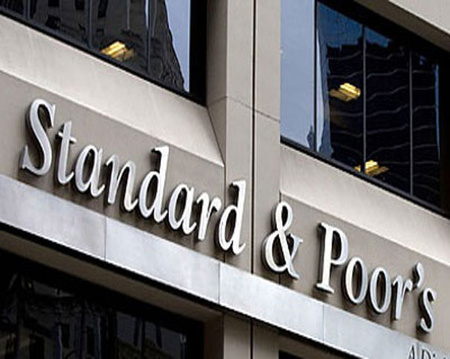Baku, Azerbaijan, Sept. 8
By Elena Kosolapova - Trend: The Kazakh banking regulator's plan for a tenfold increase in minimum capital requirements will not be a cure-all for the country's weakened financial system, Standard & Poor's Ratings Services said on September 8 in the report "Capital Alone Won't Strengthen Kazakh Banks."
One of the latest parts of the banking regulator's initiative to support Kazakh banks is to raise minimum capital requirements to Kazakh 100 billion tenge ($546.2 million) from the current 10 billion tenge (182 tenge = $1), effective Jan. 1, 2019. As of July 1, 2014, 33 of the 38 banks in Kazakhstan stood short of the proposed 100 billion tenge capital requirement.
"Such a sharp increase in the absolute amount a bank may be required to hold to do business might unleash a series of mergers and acquisitions across the banking sector in the coming years, with some of the smaller players being swallowed up by larger ones," the report says.
"Although consolidation could create opportunities for the Kazakh banking sector over the long term, the system's major weaknesses--the lenient banking regulation and supervision, banks' aggressive risk management practices, and sometimes deficient corporate governance procedures are very likely to remain," said Standard & Poor's credit analyst Ekaterina Marushkevich. "Furthermore, the resulting higher barriers to entry could lower the sector's attractiveness to foreign investors."
Still, the agency currently does not anticipate that the proposed regulation will affect the ratings on Kazakh banks over the next two years, given that the capitalization analysis focuses more on the amount of capital compared with risk assets rather than on the absolute amount of capital.






